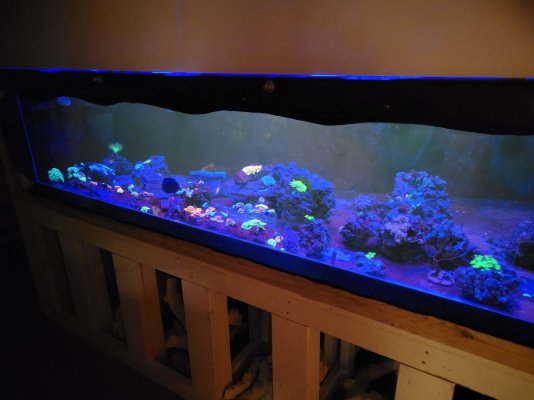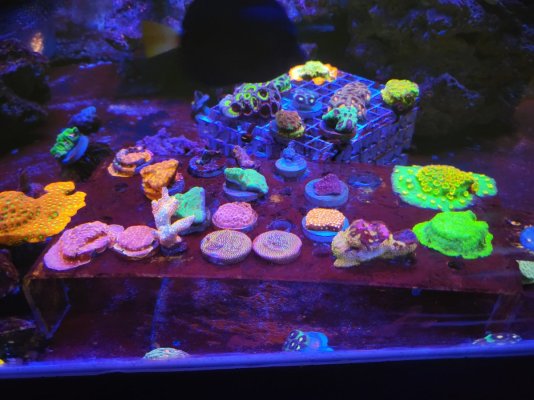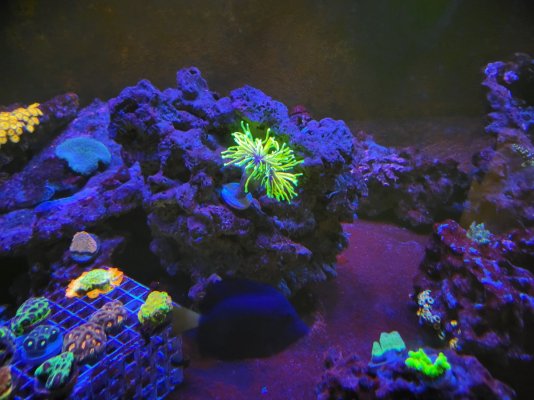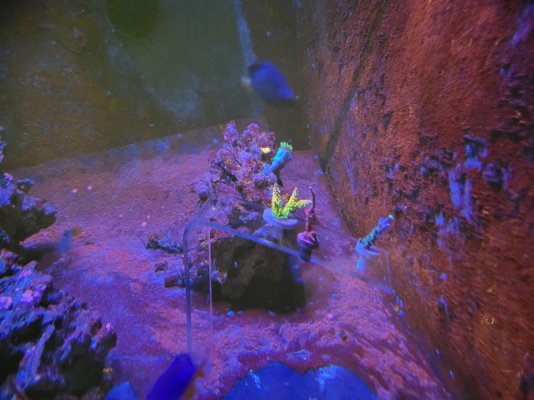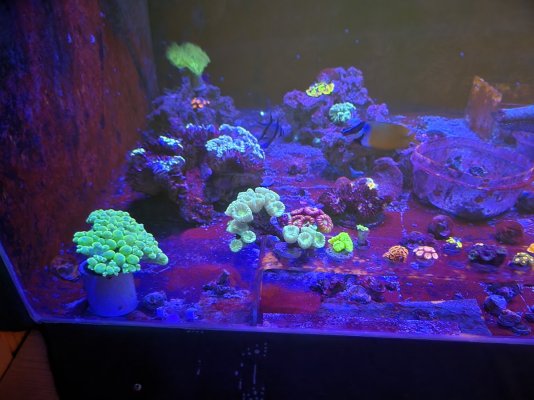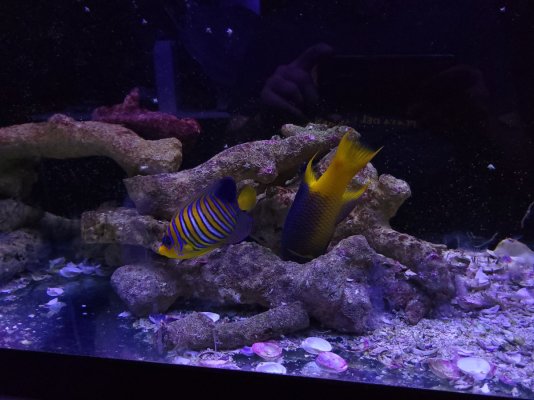The primary difference between the two is that an HRV transfers heat while an ERV transfers both heat and moisture.just read your whole thread. Amazing build Alex. Excited to see the display come to life.
More photos on the HRV, that’s genius. Still not sure what makes it a HRV and not an ERV
The core materials are different between the two is really the only difference. The core or the HRV is solid and not permeable to moisture while and ERV core is a permeable material that allows moisture to pass through as well. Technically if I found the right materials for an ERV core I could make one and swap it out. However with the amount of humidity being generated with my aquarium system I don't really get concerned by dry air entering the fish room at this point.




